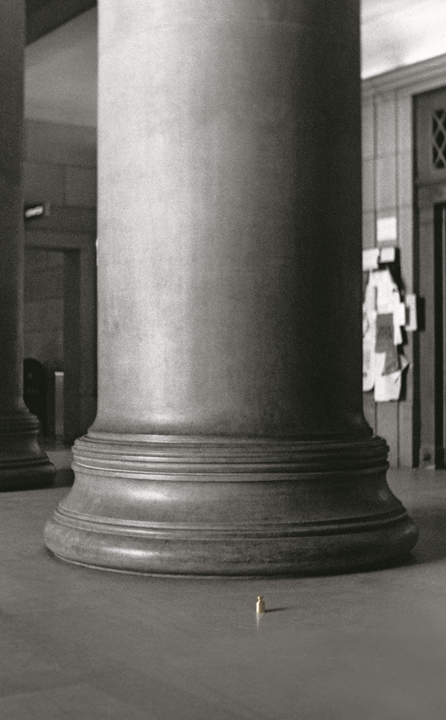Navarro Baldeweg, a key figure
The CentroCentro space in Madrid is hosting an exhibition until November that traces the long career of the Spanish architect, painter, and sculptor from the 1960s to the present day.
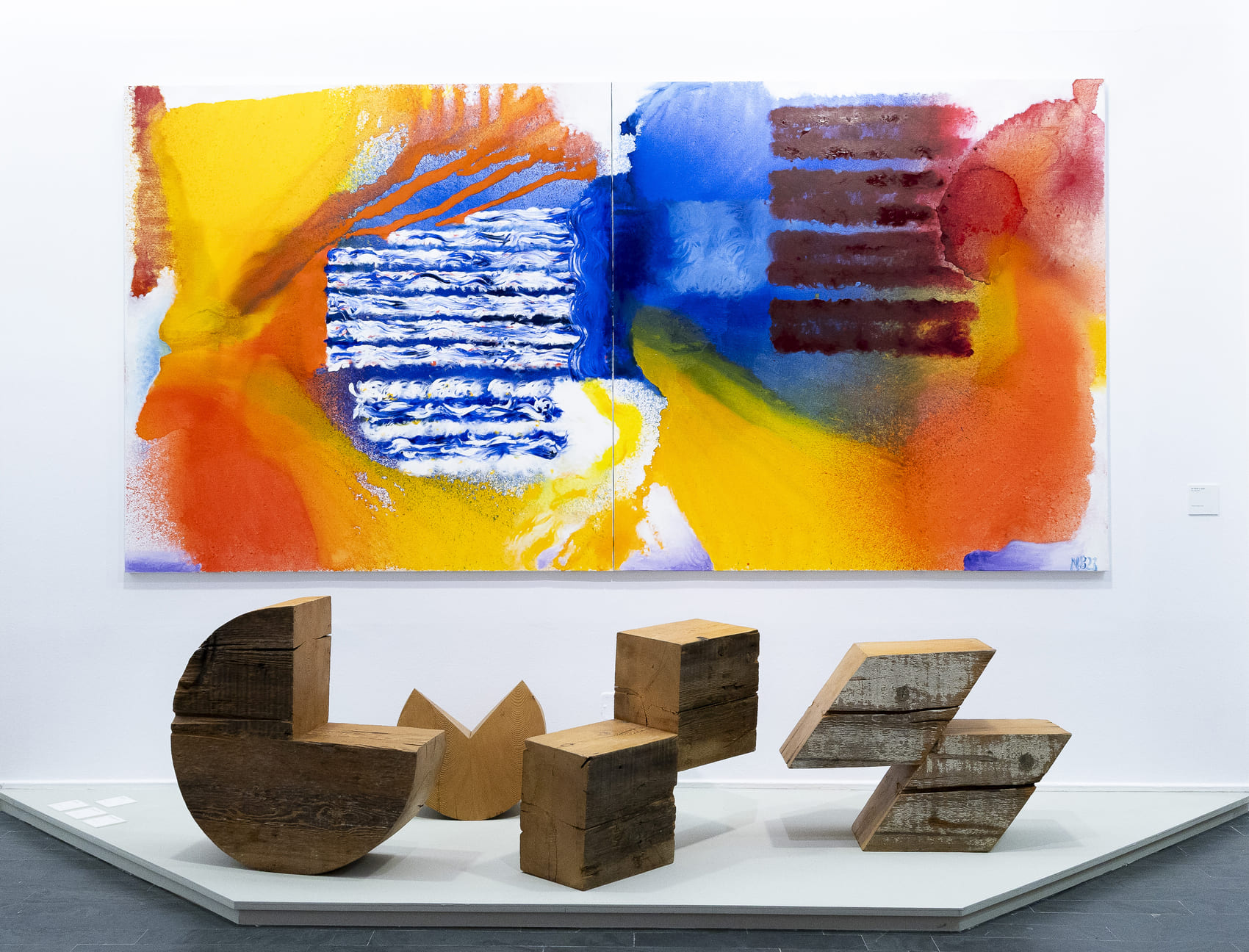
Entitled Hacer y Azar (Doing and Chance), this exhibition curated by Ignacio Moreno Rodríguez traces the work of Juan Navarro Baldeweg (Santander, 1939) to reveal the essential themes he has developed in the different expressive media he has practiced—painting, sculpture, architecture, installations—from the 1960s to the present.
“A person’s career is the trajectory of many congruencies, many relationships, many values, many influences, many enthusiasms… and, in my case, there are two main paths: that of architecture and professional practice, which has so many demands, but also creative work done in the studio. My life is made up of knots that attract many lines, and those lines are what have really shaped me. It is not a trajectory of a single point, but a bundle of lines.” With these words, the architect expressed his gratitude for the Luis Gutiérrez Soto 2024 Award, presented to him by the Official College of Architects of Madrid at the COAM 2024 Awards, to launch a new category that recognizes careers of more than 30 years with significant contributions to architecture, culture, and society.
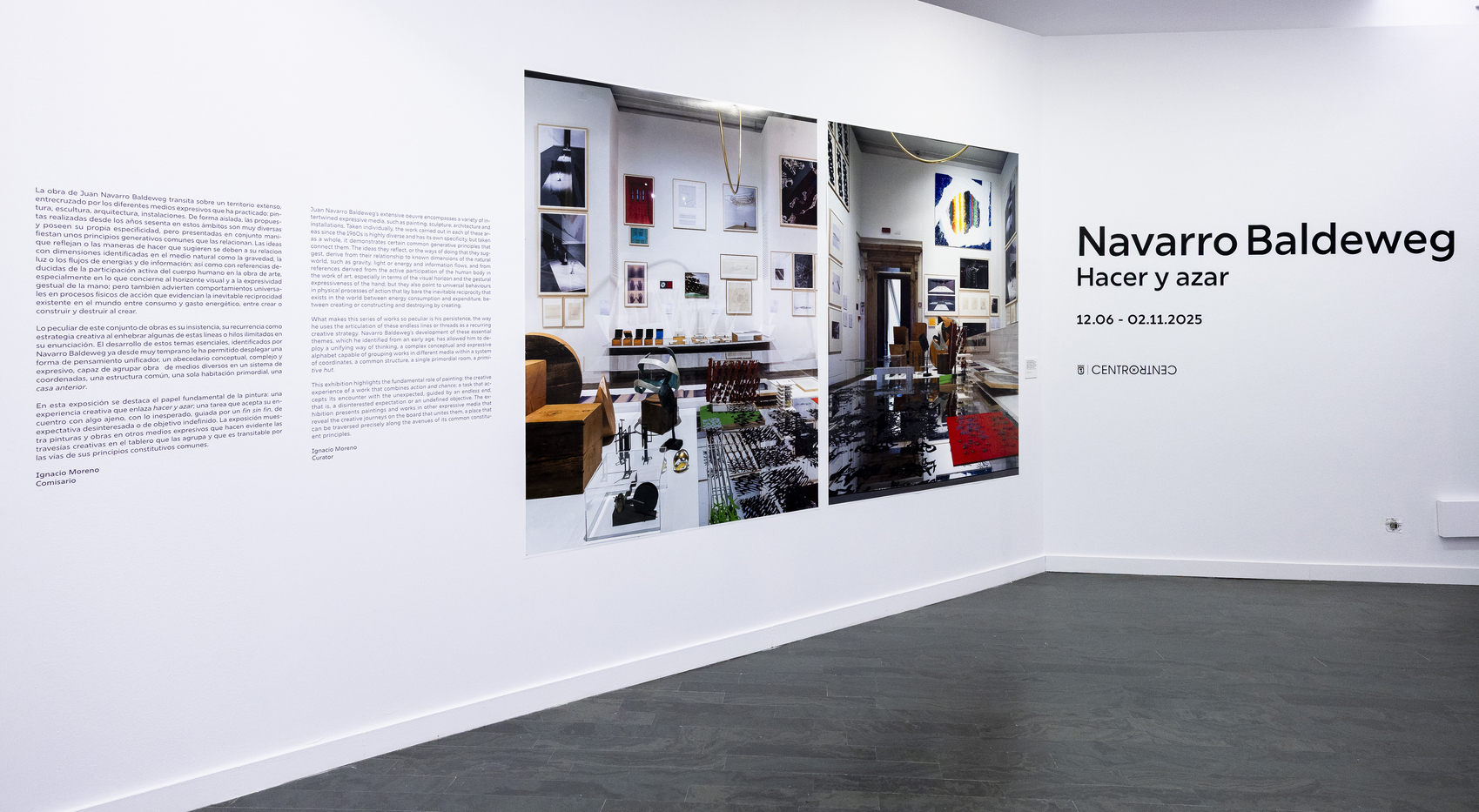
The exhibition will remain open until November 2 at CentroCentro and features more than 70 pieces, including paintings, sculptures, installations, drawings, photographs, and models, dating from 1963 to 2025. In the words of the curator, “what is unique about this collection of works is their insistence, their recurrence as a creative strategy in weaving together some of these lines or threads, limited in their expression. The development of these essential themes, identified by Navarro Baldeweg from very early on, has allowed him to deploy a unifying form of thought, a conceptual, complex, and expressive alphabet capable of grouping works from diverse media into a system of coordinates, a common structure, a single primordial room, a previous house.”
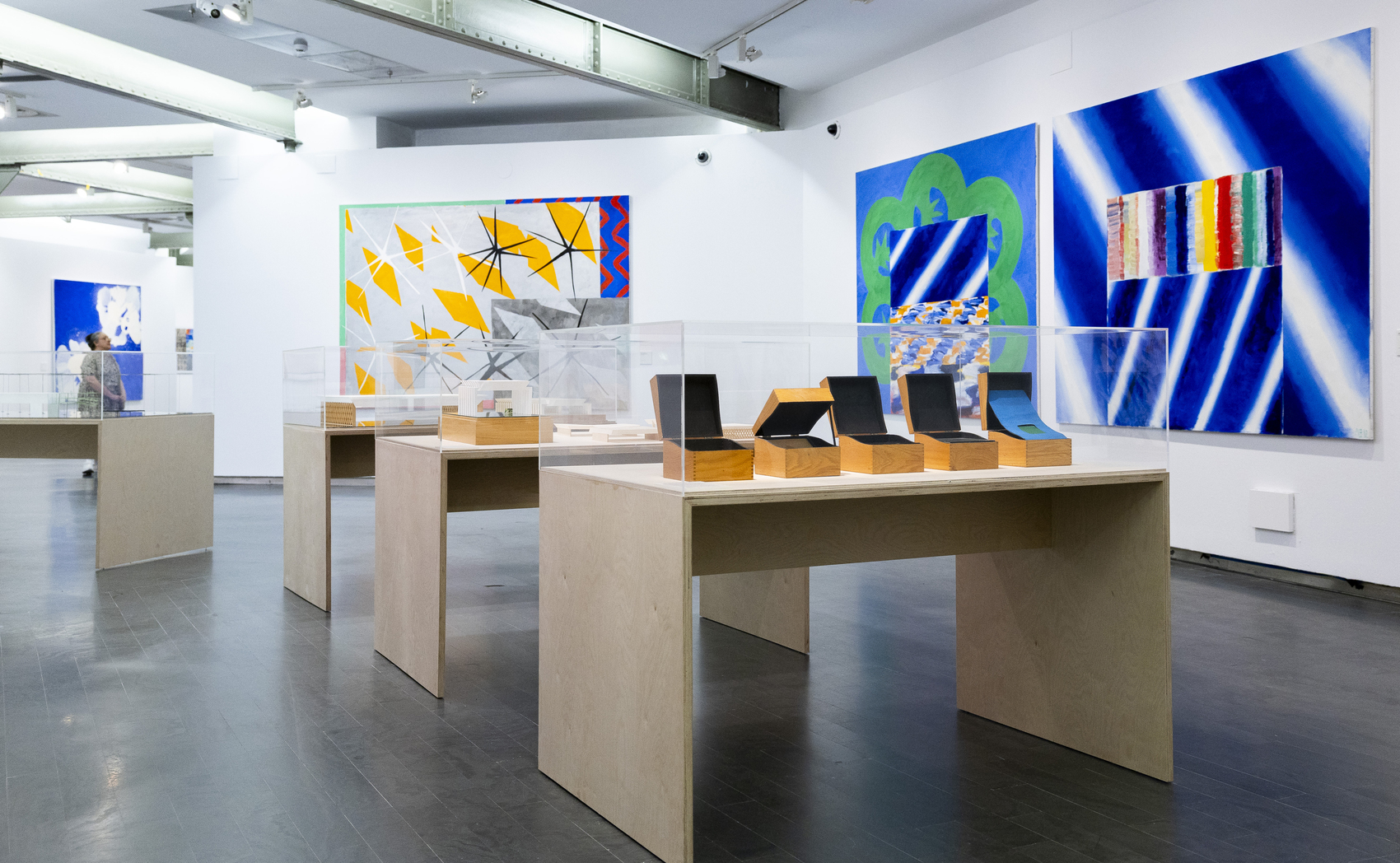
On the fifth floor of the Antonio Palacios building, visitors can see his early paintings from the 1960s, as well as pieces and installations from the following decade, when the Santander-born architect, artist, and academic spent time at the Center for Advanced Visual Studies at the Massachusetts Institute of Technology (MIT) in Boston. These are joined by more recent works, created in the last two years and never before seen by the public. Navarro Baldeweg has developed a multidisciplinary body of work that ranges from architecture and urban planning to painting and sculpture, and his work forms part of collections such as those of the Reina Sofía Museum—where some of the works on display come from—the Valencian Institute of Modern Art, and the Pompidou Center. In addition to the Reina Sofía, other collections that have contributed to this exhibition are the Lafuente Archive Collection, the BBVA Collection, and the artist’s own collection.
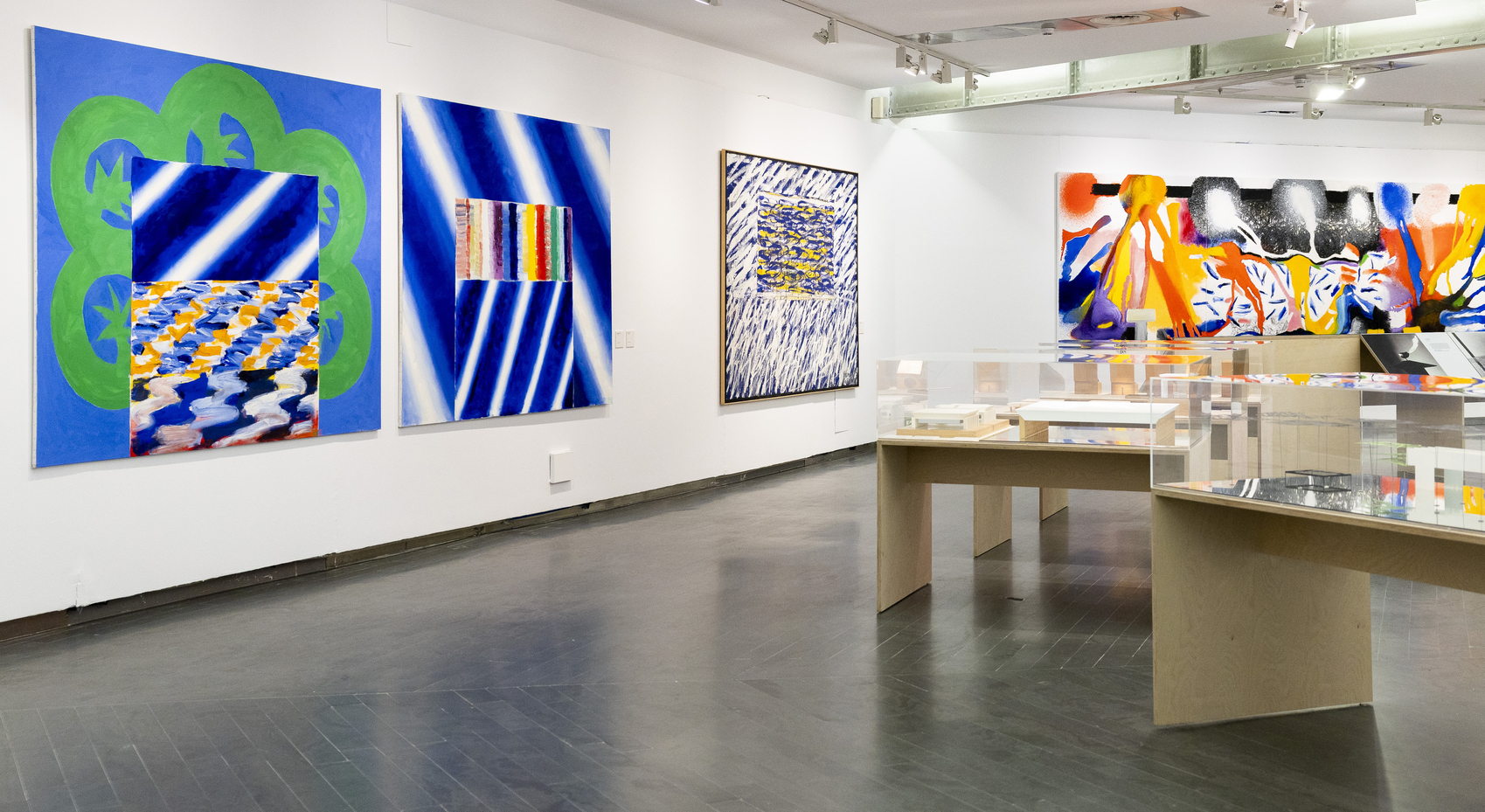
A doctorate graduate of ETSAM, he has taught at prestigious institutions such as Harvard, Yale, Princeton, and MIT. Among his many distinctions are the National Architecture Award (2014) and the Gold Medal for Architecture (2008). His projects include the Teatros del Canal and the Pedro Salinas Library and Social Services Center in Madrid, the Altamira Research Center, the Hertziana Library in Rome, and the Novartis headquarters in Basel. The director of the Reina Sofía National Art Museum, Manuel Segade, commented on social media that this retrospective dedicated to “a pioneering conceptual artist and a fantastic architect” highlights the work entitled The Column and the Weight, one of the most important pieces of the 1970s, created for the MIT hall in Boston.
